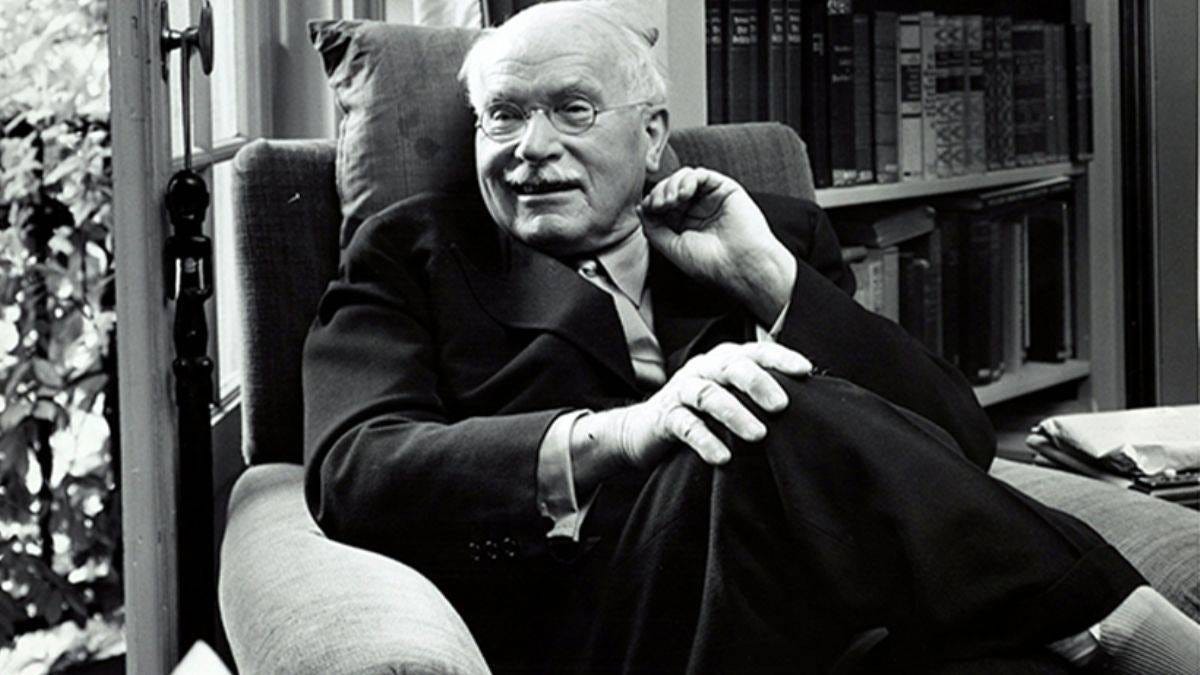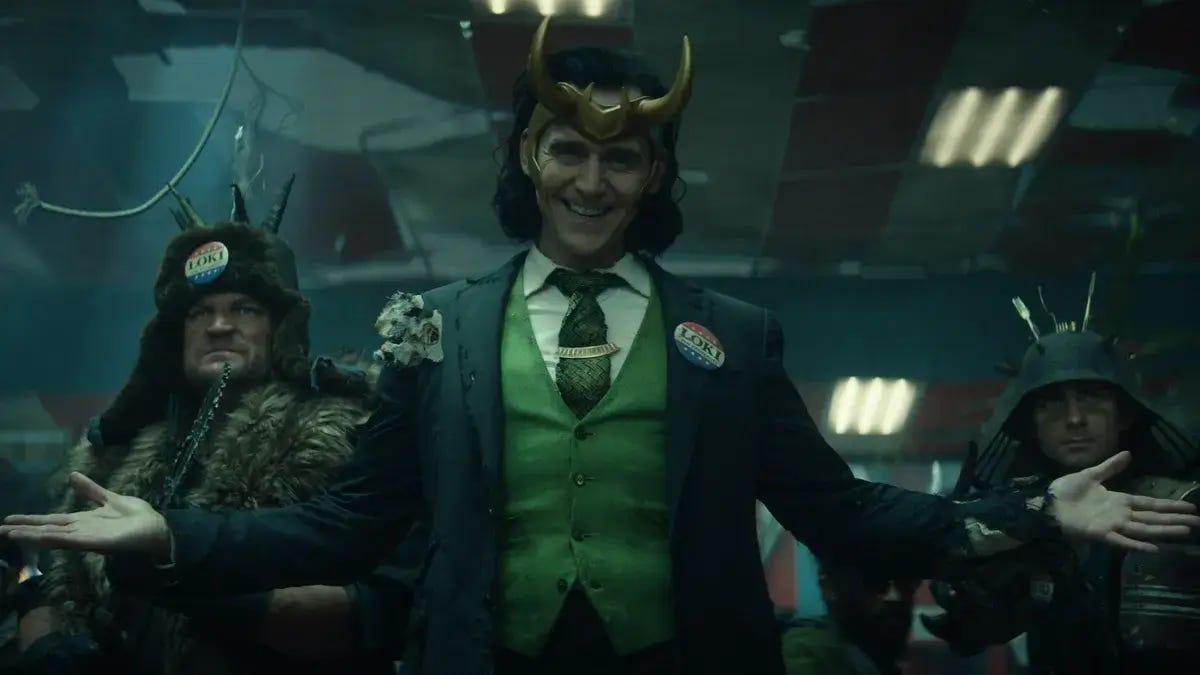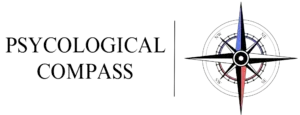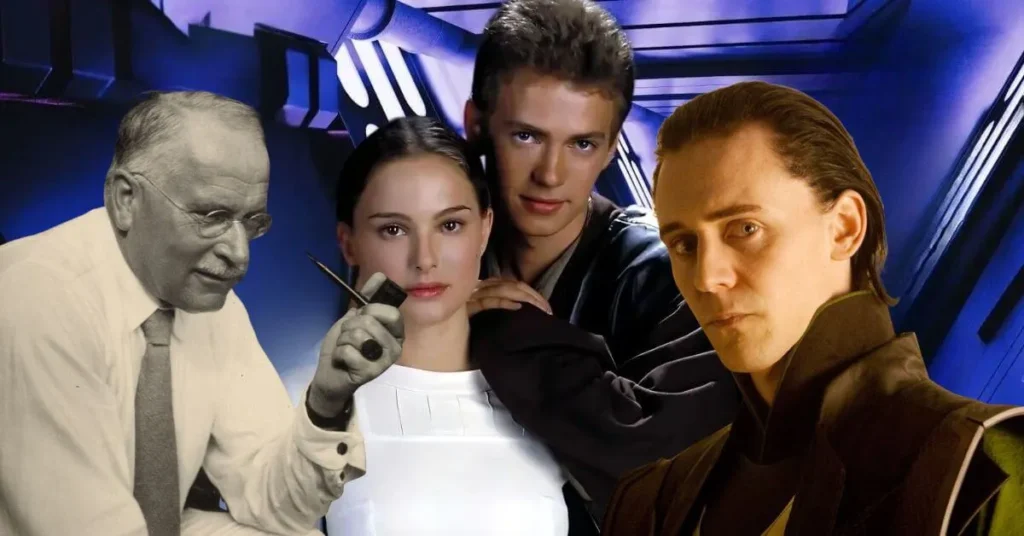What does it mean to be conscious? Is it simply being awake, able to think and feel? We assume we’re conscious—and that our pets, like dogs and cats, are too. But how do we know? Can we really measure consciousness, or even define it clearly? For something so central to our lives, it remains one of the greatest mysteries of existence.
This article explores different ways of understanding consciousness, from brain science to Carl Jung’s deep psychological theories, to ask a deceptively simple question: what is it that makes us feel alive from the inside?
The Nature of Consciousness
If we look in the Cambridge Dictionary, “consciousness” is defined as the state of being awake, aware of what is around you, and being able to think. Everything we experience—from heartbreak to the joy of morning coffee, or even that toothache that’s kept you up all night—emerges from this state.
At its simplest, consciousness is being aware of and able to experience thoughts, emotions, sensations, and the world around us. It’s the “subjective experience” of reality—what it feels like to be you.
There are several aspects to this awareness:
The first is our ability to recognize ourselves and our environment.
Then there’s the subjective experience—the personal, inner feel of what we go through, such as the redness of red or the taste of chocolate.
Consciousness also involves attention and integration, meaning we are able to focus, bring together sensory input, and make sense of what we perceive.
Finally, there is the self-reflective capacity, the unique human ability to observe and think about our own thoughts, or how some would call it the inner voice that seems to narrate our lives.
The Scientific Dilemma
Modern science still faces a problem, what philosopher David Chalmers has called “the hard problem of consciousness.” It asks why brain activity gives rise to experience at all.
Why does the firing of neurons create the feeling of joy, or the color blue? Scientists are able to map neural patterns and behaviors, but they still can’t fully explain the raw inner feel—what it’s like to be you.
To tackle this, researchers have proposed several theories. One of the most well-known is Integrated Information Theory (IIT), which suggests that consciousness arises from how much information a system integrates. The more interconnected the elements are, the more conscious it becomes.
Another popular model is Global Workspace Theory (GWT), which imagines the mind as a stage where thoughts compete to take the spotlight. Only one thought makes it into our awareness at a time, while others remain backstage.
Other ideas include Predictive Processing, which sees the brain as constantly guessing what’s next, and Higher-Order Thought Theory, which claims consciousness emerges when we are aware that we’re having a thought or emotion.
These theories don’t fully solve the mystery, but they help us understand how the brain might create the experience of being alive and aware.

A Jungian Approach
In contrast to neuroscience, Jungian psychology offers a more symbolic and introspective view of consciousness. Carl Jung believed that the mind includes more than just awareness, that it also contains layers that operate outside our conscious perception.
To Jung, consciousness is made up of components like the Ego, which is our everyday sense of “I,” and the Persona, the social mask we wear in public. Beneath these lies the Shadow, which includes repressed or unconscious traits, often ones we try to hide. At the core is the Self—the full, whole version of who we are, uniting the conscious and unconscious.
Personally, I tend to resonate with Jung’s perspective. I think most people, if they really reflect, would recognize aspects of themselves that align with this model. We all, in some way, wear a mask in public and hold back parts of ourselves that we’re told not to show. From a young age, we’re often instructed to “act properly” or to hide who we really are outside the safety of our homes. Deep down, we all carry things we don’t show—things we’ve repressed or forgotten. That hidden part is what Jung called the Shadow. And the Self, well… the Self is just the total of who we are—known and unknown.
or perhaps I am just blinded by authority bias.. who knows right?
The Collective Mind
Jung didn’t stop at the personal unconscious. He proposed the idea of the collective unconscious. A deeper mental layer shared by all humans.
Unlike the personal unconscious, this part isn’t formed by individual experience but is inherited. He described it as a kind of inner library filled with archetypes: universal symbols and patterns that appear in myths, religions, and stories across cultures. In a way, the collective unconscious holds the memory of humanity.
Among these symbols are characters like the Hero, the nurturing Mother, the mischievous Trickster, or the wise old man.
The Trickster shows up in characters like Loki from Marvel or Bugs Bunny. The Wise Old Man is Gandalf, Dumbledore, or even Yoda.

These figures show up in stories and dreams across the globe, and they seem to represent pieces of ourselves.
Jung also described the Anima and Animus—the feminine aspect in men, and the masculine aspect in women. These archetypes often appear in dreams or relationships and can reveal parts of ourselves we haven’t acknowledged.
Jung believed these archetypes influence how we see the world, how we behave, and even the kinds of characters we’re drawn to in books and films. Whether it’s superheroes or gods in ancient myths, they all are supposed to reflect pieces of our collective mind.
Tools for Exploring the Psyche
Jung did not only theorise about consciousness, he also offered practical methods to explore it. One of his key techniques was dream analysis.
He believed that dreams were filled with symbolic messages from the unconscious. For instance, water in a dream might represent deep emotion or the unconscious itself.
Another method was active imagination, where a person would engage with dream figures or fantasies, literally conversing with inner characters like their shadow or critic.
Jung also paid close attention to symbols, whether in art, nature, or culture, believing they act as bridges between conscious awareness and deeper psychological layers.
Interestingly, Jung once claimed to have “predicted” World War II and the rise of Nazism through dream analysis. By interpreting the dreams of German soldiers before the war, he believed he saw signs of collective unrest and chaos bubbling beneath the surface.
Where Jung Meets Neuroscience
Despite working long before the invention of modern brain scans, many of Jung’s concepts parallel ideas in neuroscience today.
For example, his notion of the unconscious aligns with the brain’s default mode network. A group of areas active during rest, reflection, or imagination. Scientists now recognize this network as crucial to our inner mental life, much like Jung’s symbolic unconscious.
Similarly, Jung’s concept of the Self (a unified sense of identity) resembles today’s psychological model of mental health, which also emphasizes internal integration.
His work has even influenced storytelling. Jung’s theories inspired Joseph Campbell’s famous “hero’s journey,” a narrative template that has shaped countless books and films, including Star Wars.

Challenges and Criticism
As much as I (or perhaps you now) appreciate Jung’s insights, it’s important to be objective and detect flaws in one’s work. One key criticism of Jung’s work is that it’s not easily testable. Much of it is symbolic, intuitive, and based on interpretation. That makes it powerful, but not always scientifically measurable.
There’s also a cultural bias, many of his archetypes were drawn from European traditions and don’t necessarily reflect every worldview.
Modern scientific theories, like IIT and GWT, also face limits. They try to explain how the brain creates awareness but still fall short when it comes to explaining qualia (the raw feeling of experience).
None of these theories can yet tell us exactly why consciousness exists. But despite the flaws, Jung’s work remains valuable, because it helps us explore parts of the human mind that science is still catching up with.
Consciousness in the Real World
I think one can say that Jung’s ideas are not only philosophical, but they are also used in the real world settings.
In therapy, many counselors apply his tools, especially shadow work and dream analysis, to help people face parts of themselves they’ve long ignored.
In film and literature, his theories offer insight into why we’re drawn to certain characters. Figures like the Joker embody the rejected Shadow. Heroes like Luke Skywalker follow the Jungian journey toward wholeness.
Culturally, his work challenges how society teaches us to suppress emotions or behave a certain way. We wear masks to fit in, often hiding how we really feel behind socially acceptable roles. Jung called this the Persona, and by recognizing it, we can start to live more honestly and fully.
So what is it that makes us feel alive from the inside? Honestly, I’m not sure there’s a clear answer. But what I do know now is not to take the things life gives us for granted. They’re all part of our consciousness, and they shape who we are. The pain, the joy, the heartbreak… Maybe the things we experience are what make us alive, what make us conscious. Maybe feeling alive isn’t something we measure, but something we simply live.
Carl Jung: Face to Face – 1959 Interview (Colorized & Remastered)




